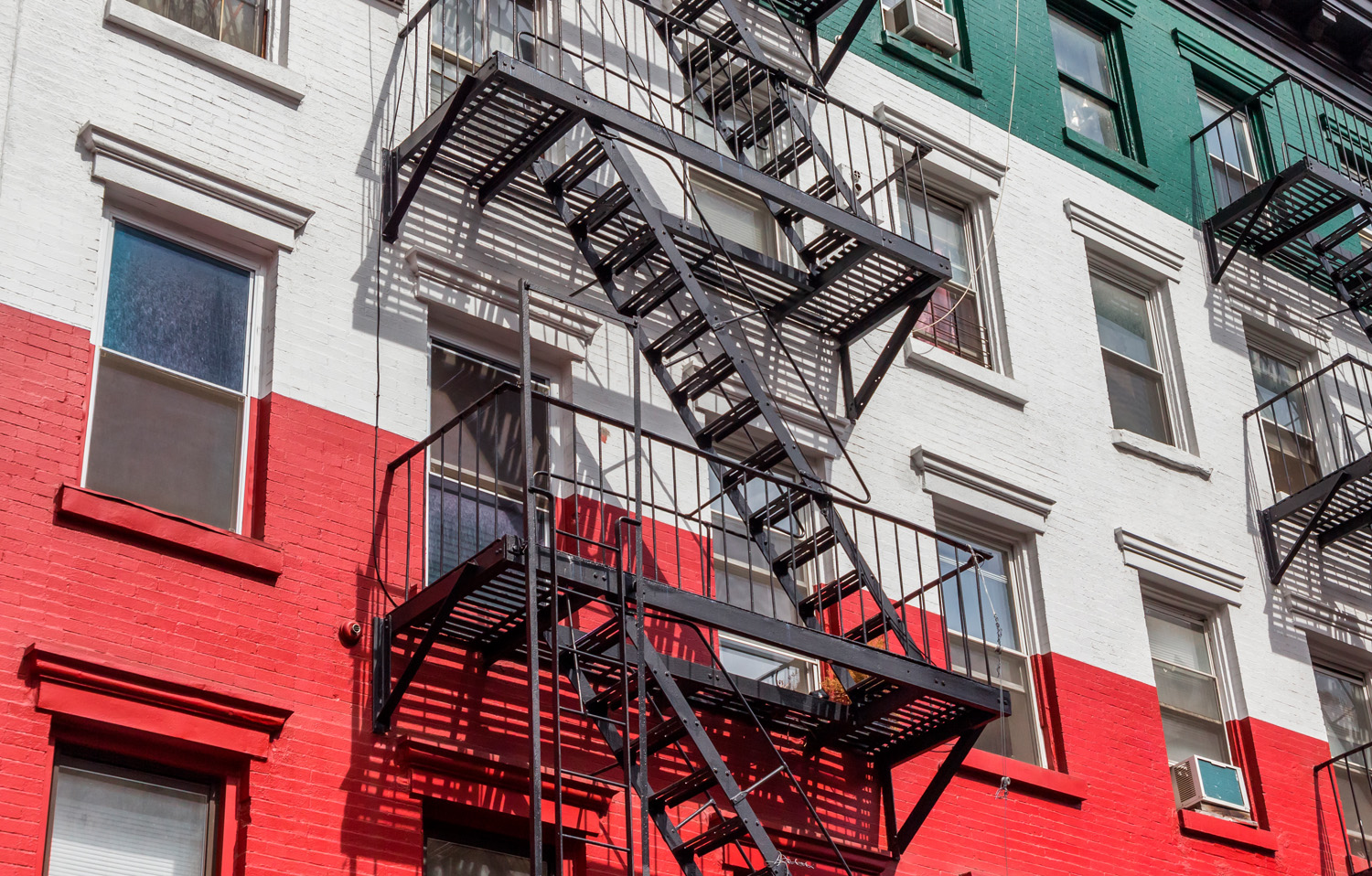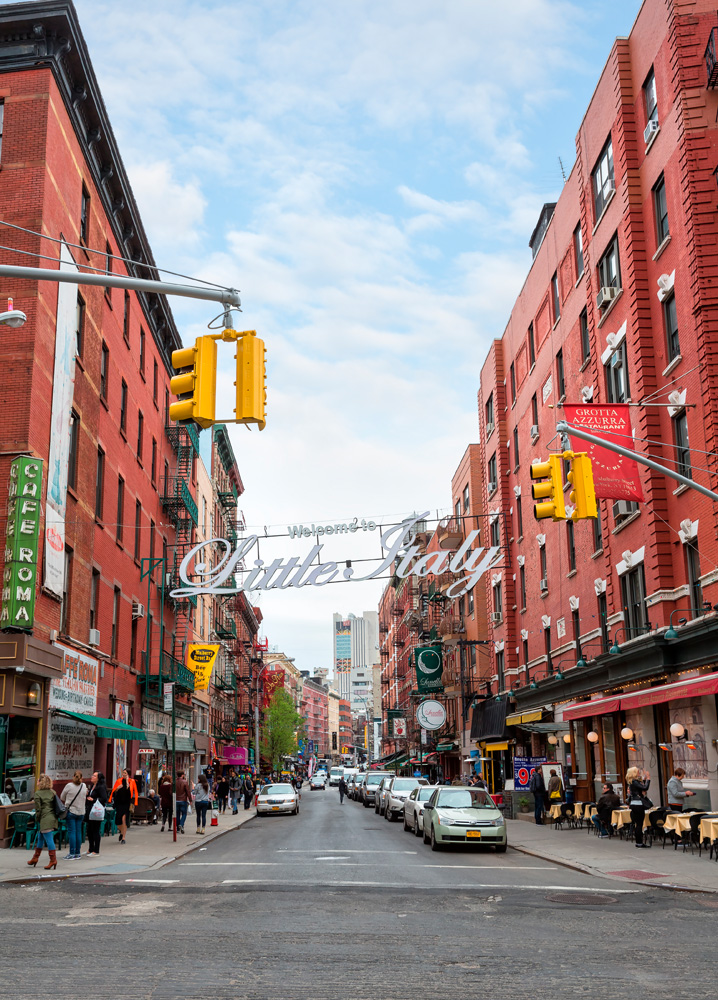A Brief History of Little Italy

Manhattan’s Little Italy is, without a doubt, the most famous Little Italy in the world. A massive part of Italian-American history, the neighborhood once housed large clusters of Italian immigrants who brought the bella vita to the city: Italian food, coffee, artisanal craftsmanship, customs, and that uniquely Mediterranean spirit.
Today, thanks to an ongoing slew of blockbuster gangster films like The Godfather, romcom honeymoon scenes, and Frank Sinatra nostalgia, Little Italy is more of a tourist destination than it is a regularly-functioning neighborhood. You can expect to encounter an overwhelming amount of souvenir stores and — as the Yelp reviews claim — overpriced chicken parm.
Snow globes aside, the city’s Italian population profoundly influenced New York and its cuisine, and Little Italy stands as a loving testament to that lasting impact. But how exactly did the neighborhood come to be the cannoli destination that it is today? Let’s dive in.

A 3,000-mile Journey
In the early twentieth century, Italians began moving to the U.S. in search of better opportunities. In fact, more than four million Italians immigrated to America between 1880 and 1924. These newcomers were largely composed of poverty-stricken farmers and laborers from Southern Italy who traveled to America by ship. For many European immigrants, New York and its Ellis Island Immigration Center were merely a transit spot. But for one-third of incoming Italians, the Big Apple was the final destination.
By 1900, the majority of New York Italians were living in Manhattan. This population was largely split into two areas: the area around Mulberry Street in Lower Manhattan and East Harlem in the Upper East Side. The Italians settled in clusters and even sub-clusters, mimicking their city and village structures back home.

Little Italy Is Getting…Littler
At its peak, Little Italy spread across fifty square blocks. But today, that area has shrunk to just three, which largely house restaurants and stores catering to single visits. Businesses with everyday goods and services, like beauty salons, are long gone.
This is due to a variety of factors. As the population became more affluent, the number of Italians living around Mulberry Street began to drop. By 1930, much of the population moved out to other areas and boroughs for larger homes, and the percentage of Italians living in Manhattan dropped to 27 percent, according to the U.S. Census. Little Italy’s Italians also began to rent and sell their properties to their Chinese neighbors, and Chinatown began to increase and overtake the Italian areas.
Another factor? The passage of time. Second and third-generation Italians have exhibited less interest in maintaining the cluster structure relevant to their parents and grandparents, who, at their arrival, spoke little to no English and encompassed limited knowledge about their newfound homes. These cycles of urban change and movement are only natural: Italian Harlem and Bronx Little Italy faced similar fates.
But! There’s still good food to be found, especially at the Feast of San Gennaro. You can also explore the city’s Italian cuisine by ordering a dish from a local shef. Explore all the options today!
Learn more:












